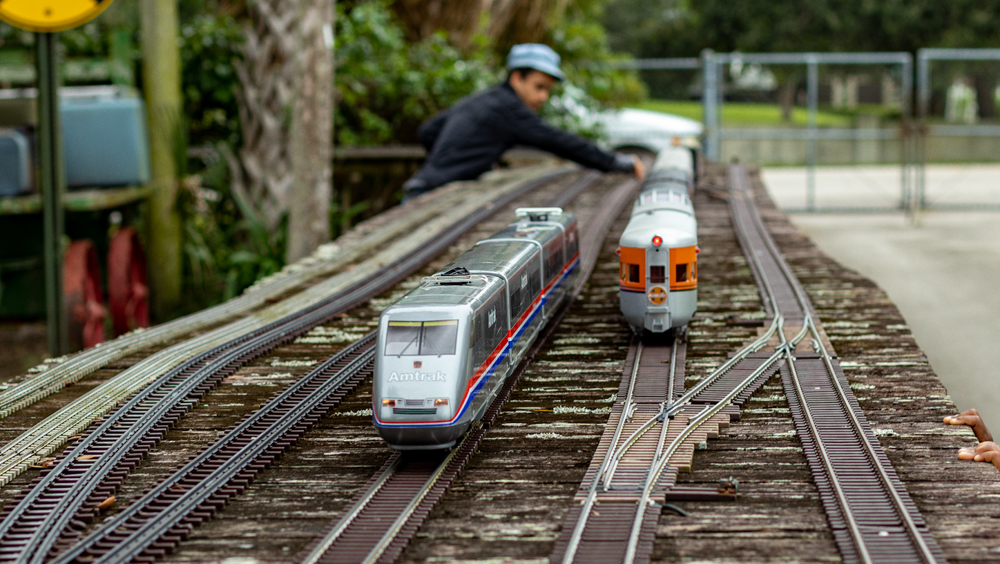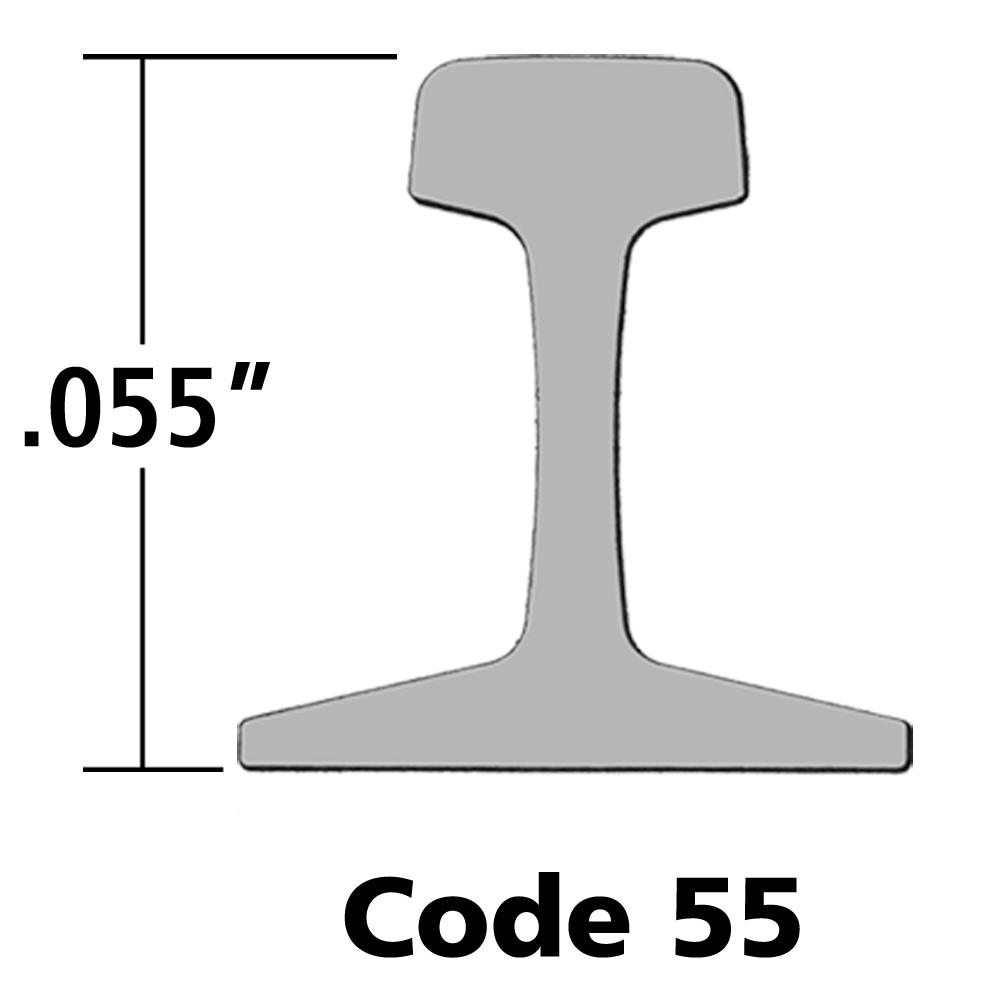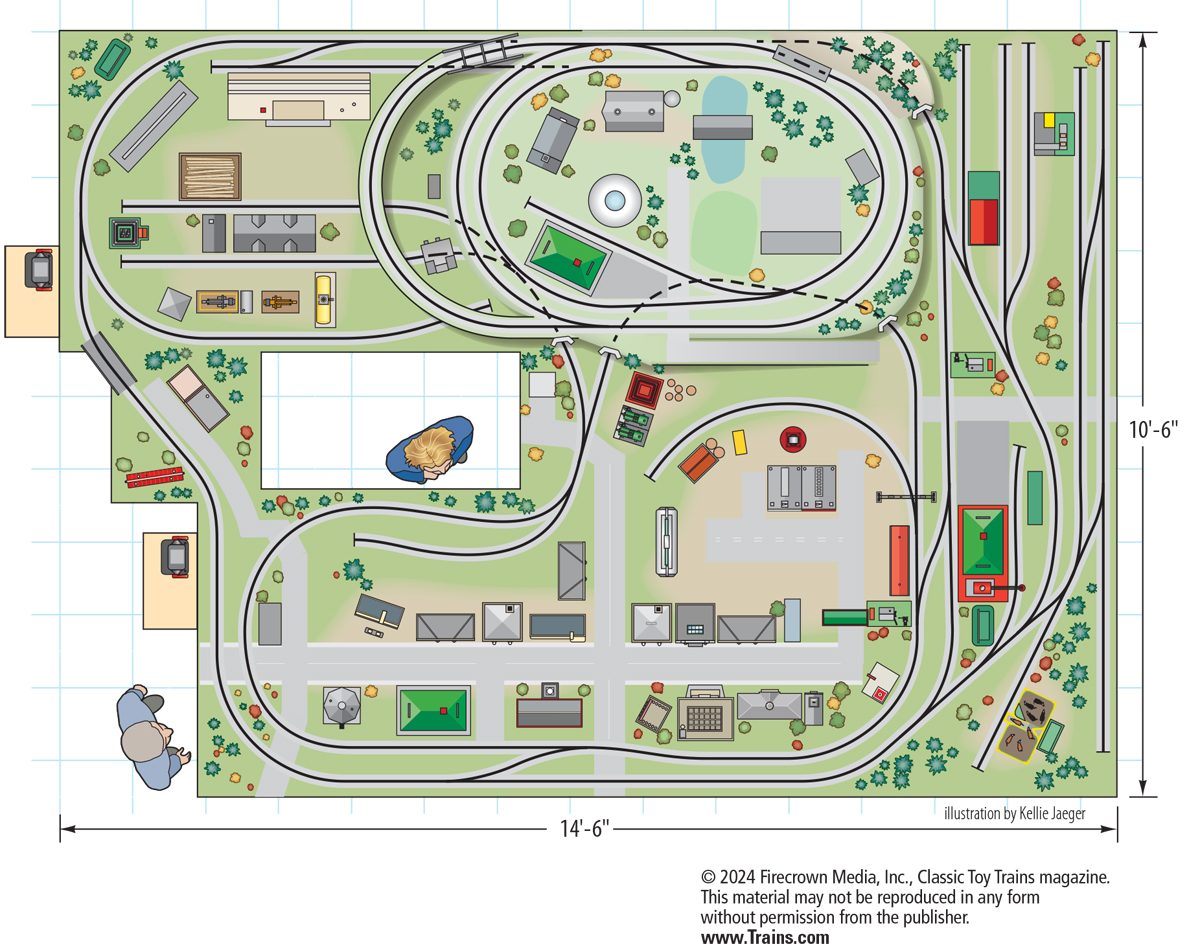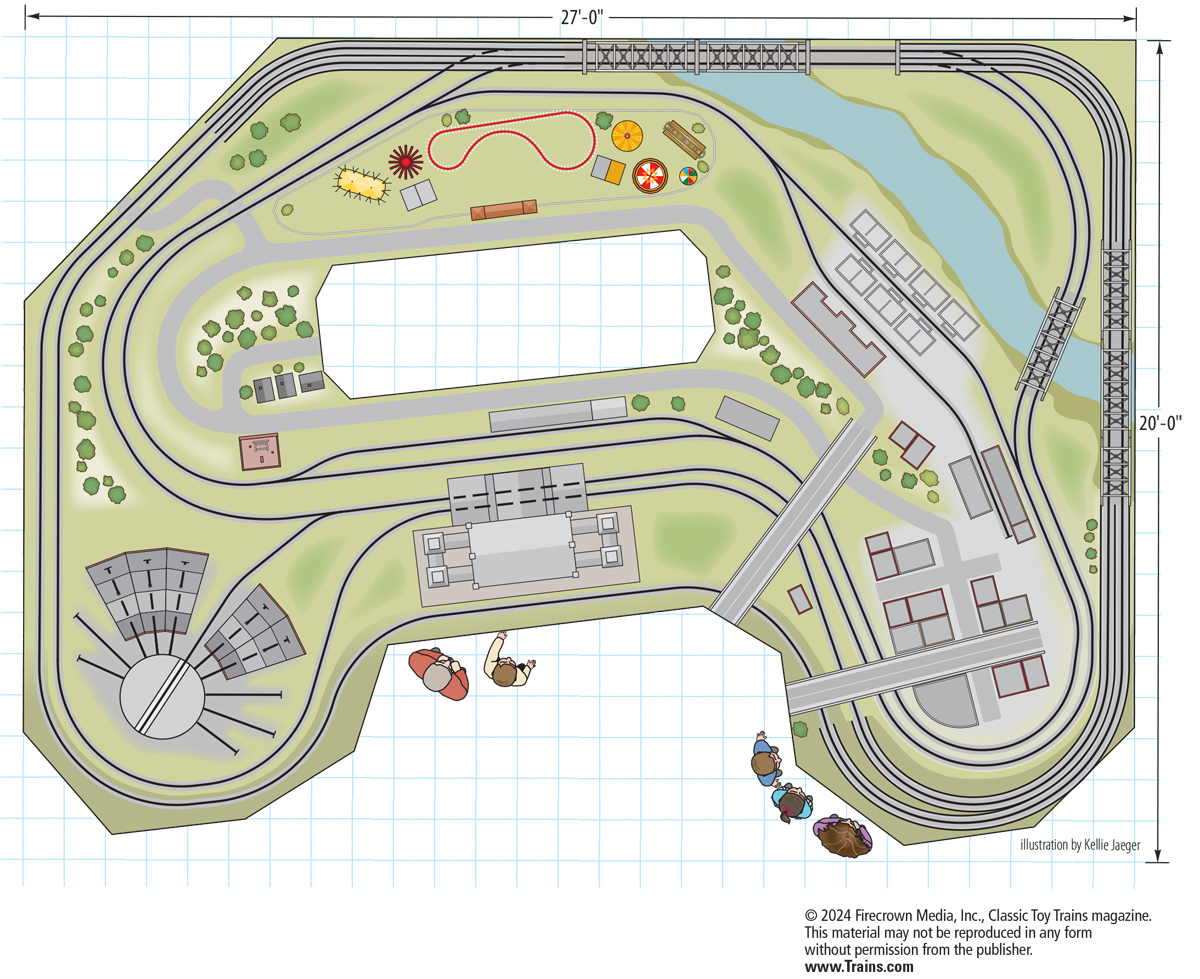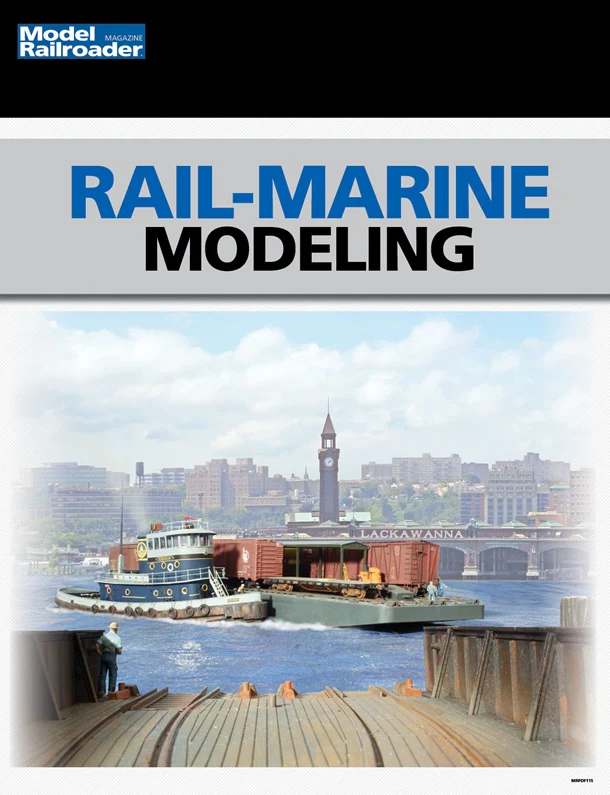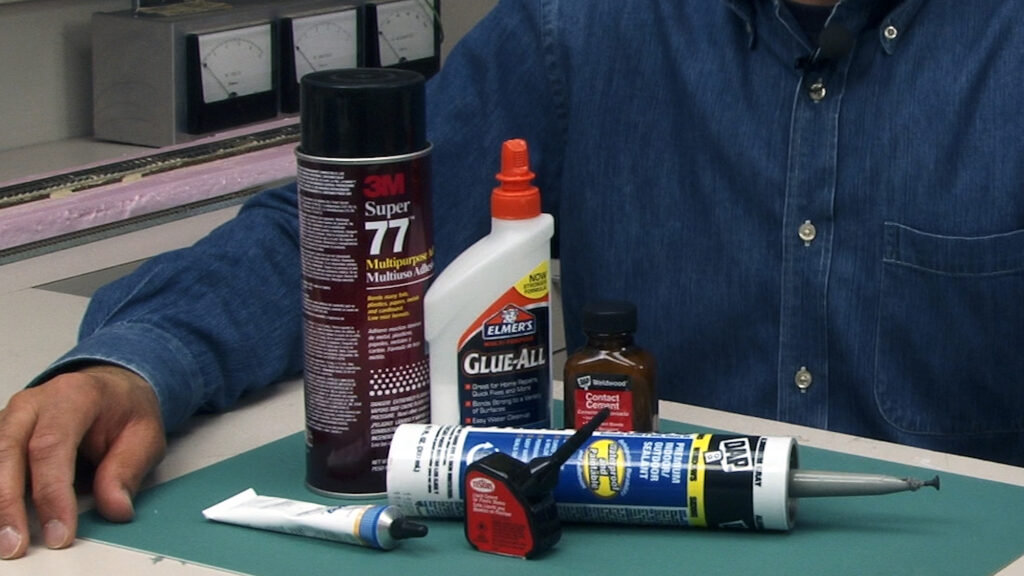
Choosing the right adhesive for model railroads is important. Glues and adhesives bond two or more surfaces in different ways with varying degrees of strength. In model railroading, choosing the right glue or adhesive is often the best way to successfully complete a satisfying model or model railroad layout. Here are five top glue types often used by beginners. With these and any adhesives, remember to follow any warnings and use recommendations on the package.
Adhesives for model railroads
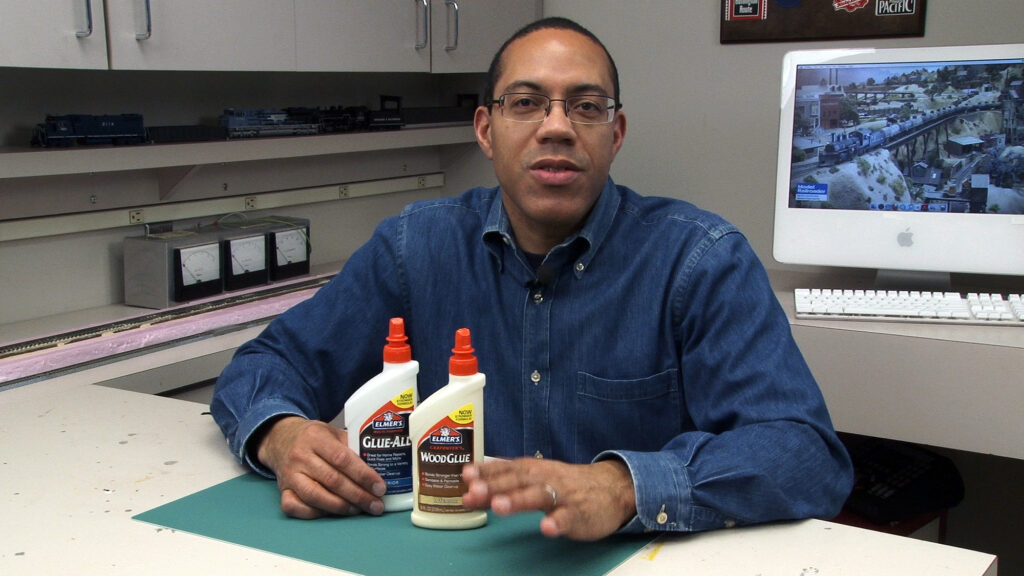
White glue and carpenter’s glue
White glues and carpenters’ glues are used for joining porous materials, such as paper, wood, and certain scenery materials. They clean up with water, but carpenter’s glue does not dissolve easily with water once it cures.
White glue is good for applying scenery materials such as ground foam and trees to model railroad layouts.
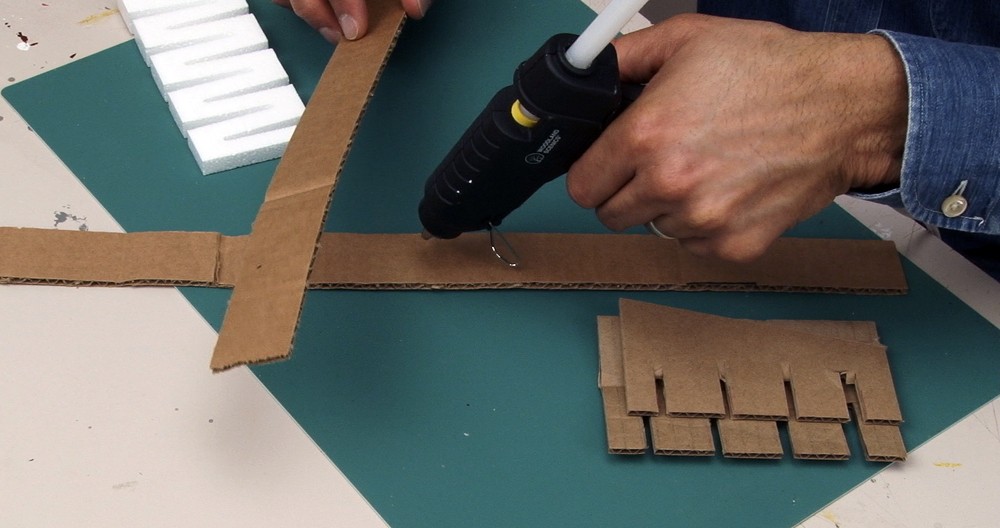
Hot glue
Hot glues are adhesives that start as solid sticks, but when heated, melt to become tacky — ideal for bonding cardboard strips, styrofoam, and cork roadbed to each other or wood. Although hot enough to burn skin, the glue cools in minutes.
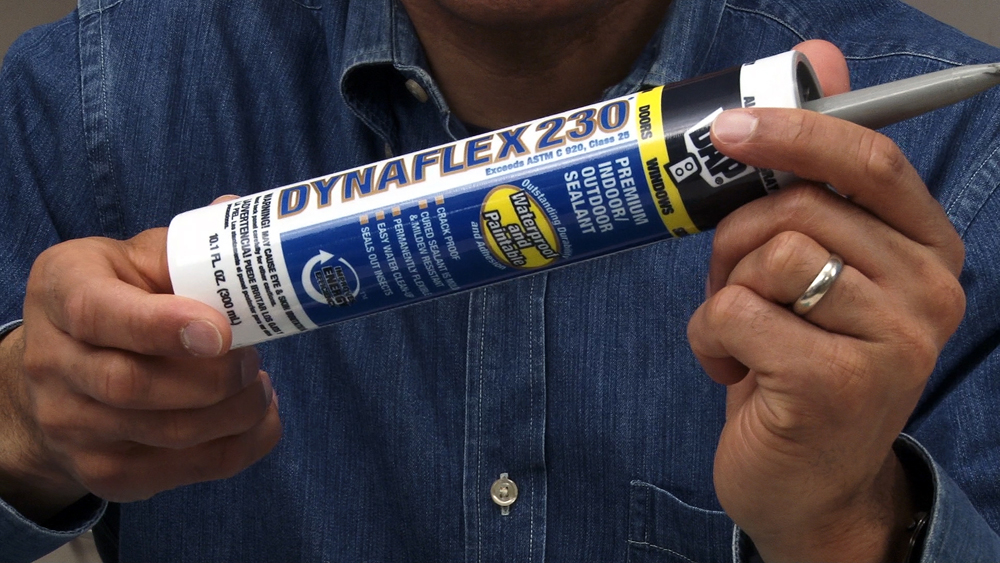
Construction adhesives and caulk
The toughest construction adhesives can often be too much to use on model railroad projects, but acrylic-latex caulks work fine on roadbed and larger scenery pieces. These caulks are easily applied, clean up quickly, have some flexibility — plus a longer working time than other glues. It is important to clamp your work in place while the caulk hardens to ensure a good seal.
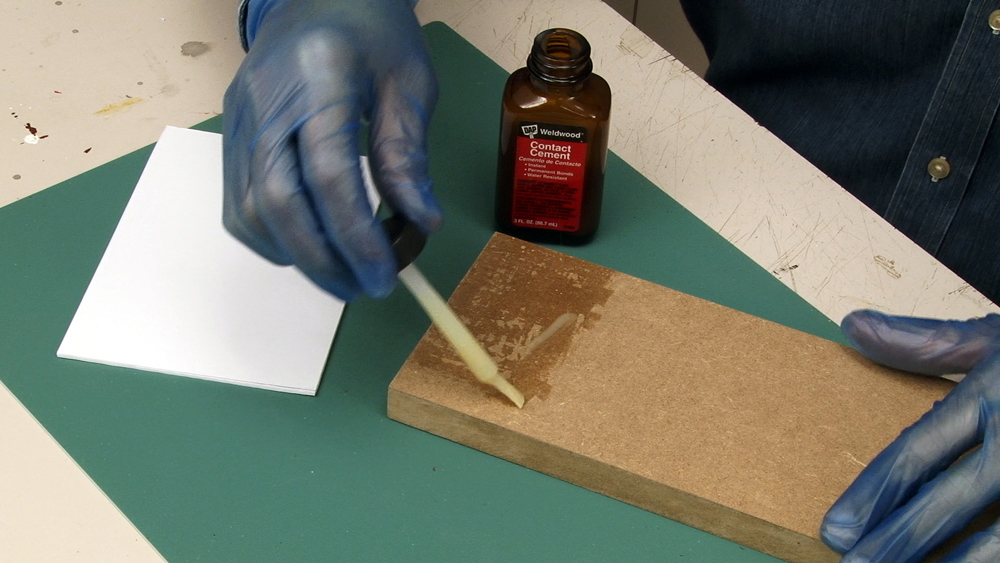
Contact cement
Contact cement (not rubber cement), forms a permanent bond between two items after a thin layer of cement has been applied to each and allowed to dry to the touch. Cement-coated items are bonded when pressed together.
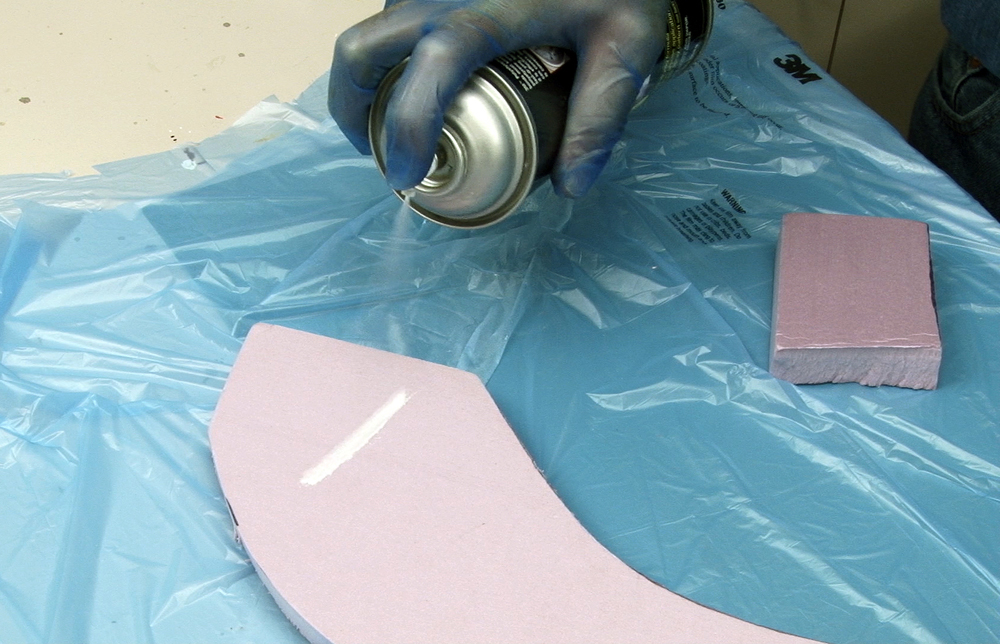
Spray adhesives
Spray-on adhesives in aerosol cans are useful when trying to join a sheet, such as a backdrop to a hardboard, or in tacking foam scenery to flat benchwork.
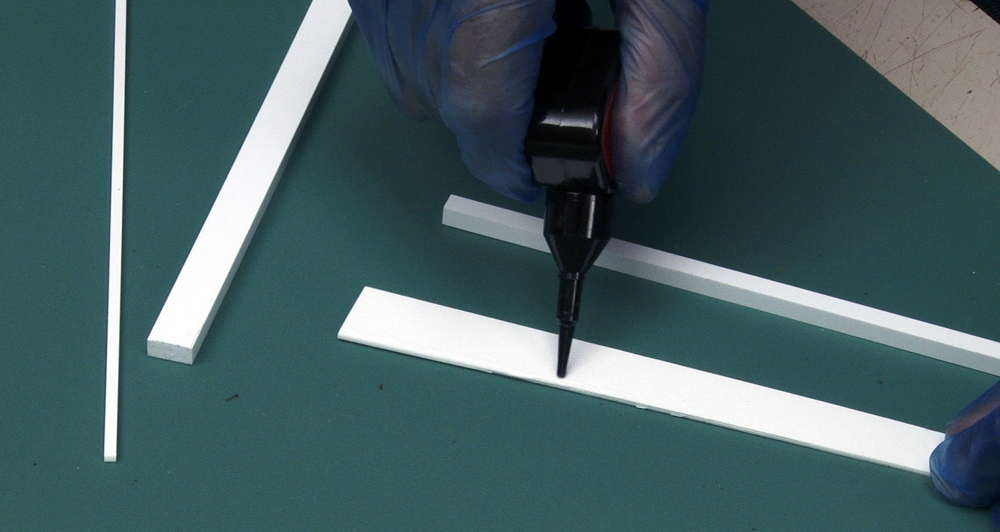
Plastic cement
Plastic cements contain solvents that dissolve a portion of plastics to be joined, cure, and create a plastic welded bond. These are often used in plastic structure kits and model airplanes.
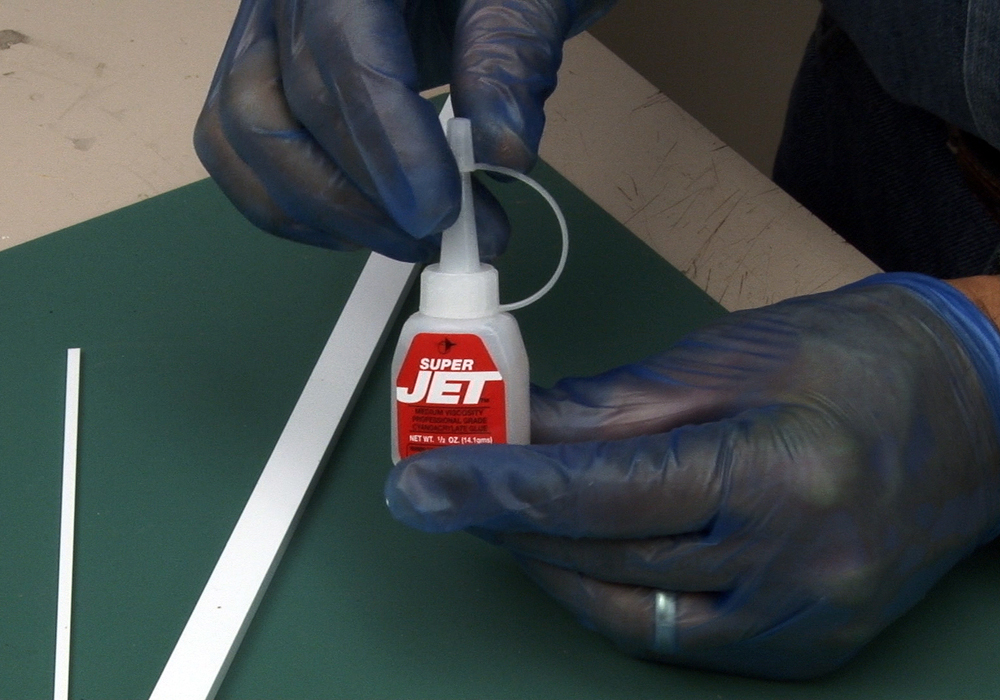
CA (Cyanoacrylate glue)
Cyanoacrylate adhesives, often known as “CA” or super glues are ideal for bonding dissimilar materials. CA glue sets in seconds to minutes and bonds in the presence of moisture or alkaline.






